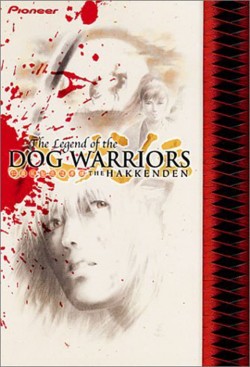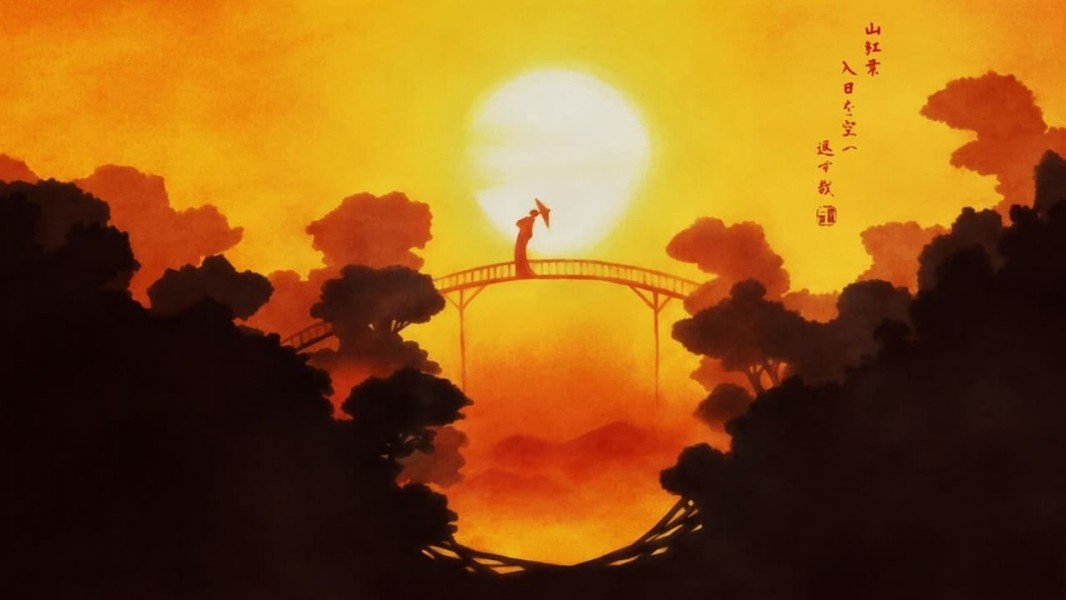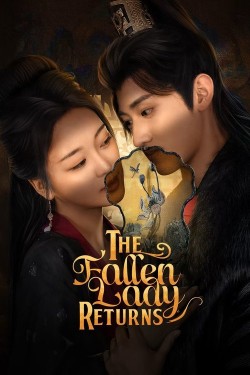
The Hakkenden
The Hakkenden is an OVA series that was produced by AIC and is split into two parts, with the second part being titled Shinsh. In1999, a continuation of the Shin Hakkenden television series began airing. The epic novel Nans Satomi Hakkenden, which was written by Kyokutei Bakin during the later half of the Edo Period, serves as the inspiration for the anime. The novel has the title of being the longest novel in the canon of traditional Japanese literature, consisting of a total of 106 volumes. The animation of The Hakkenden is particularly noteworthy due to the fact that it employs an unconventional style for the entirety of the series, shifting between a number of different aesthetic approaches. In addition, the series is well-known for the significant amount of symbolic imagery and concepts that it employs throughout its episodes. This helps the series bridge the gap between animation and art. It is also recognized for bringing a contemporary viewpoint to a literary classic. This is due to the fact that it examines and reexamines archaic and morally ambiguous ideas such as feudal loyalty and devotion throughout the course of many of the conflicts that occur in the story. This is one of the reasons why it has become so well-known. The "THE" that appears at the beginning of the title is not, in point of fact, a translation formality; rather, it is an actual component of the title written in English. It is possible that the authors of the series chose to include it on purpose so as to purposely give a sense of modernity.
Read full


















Discussion